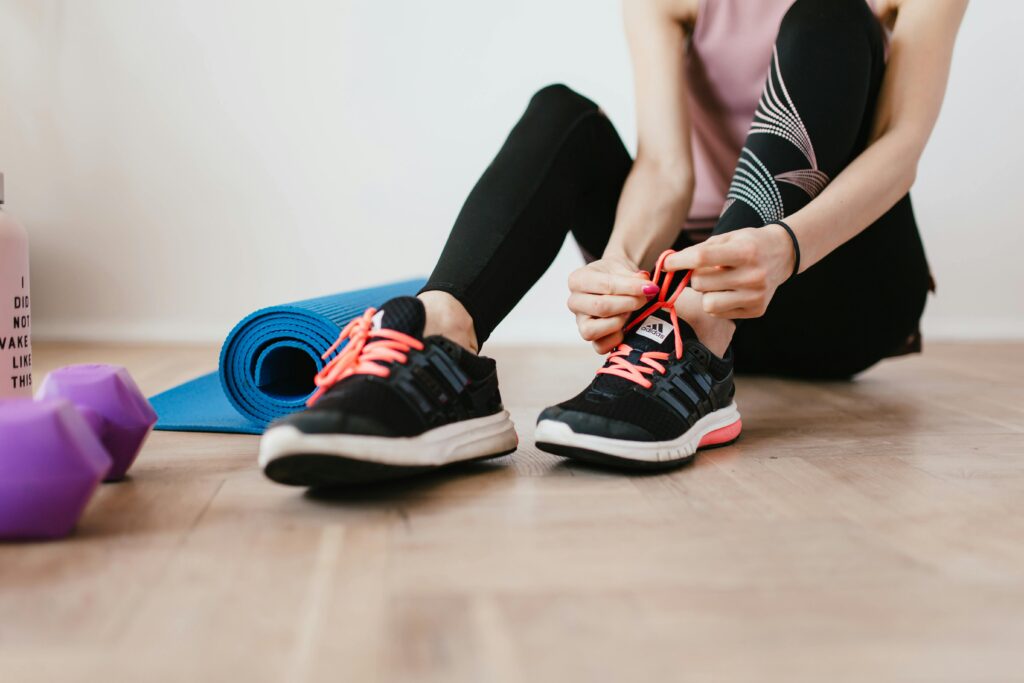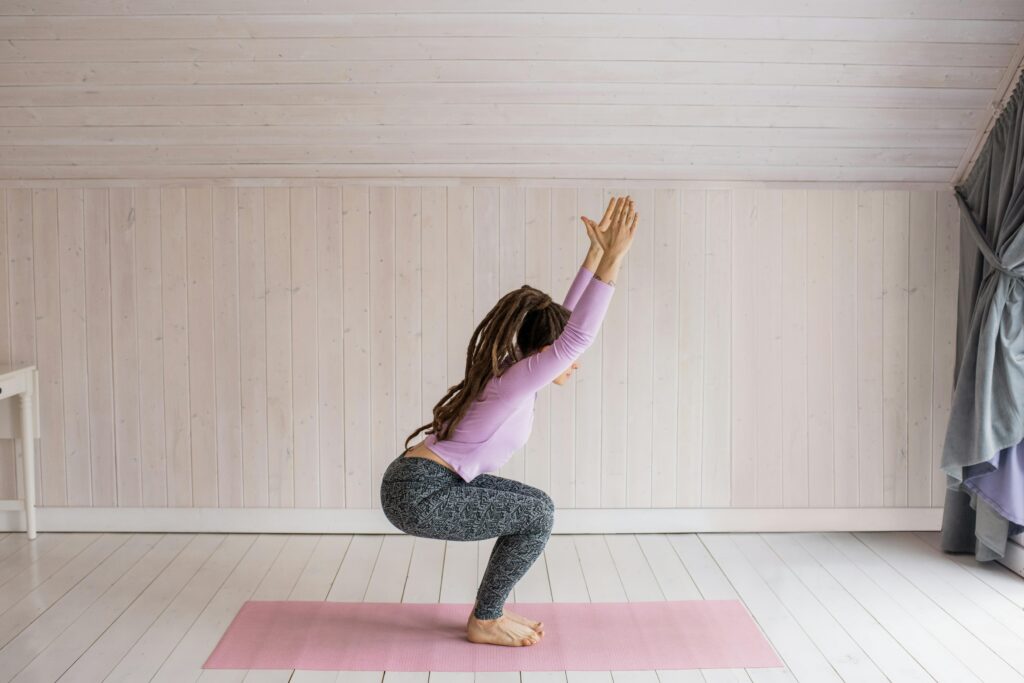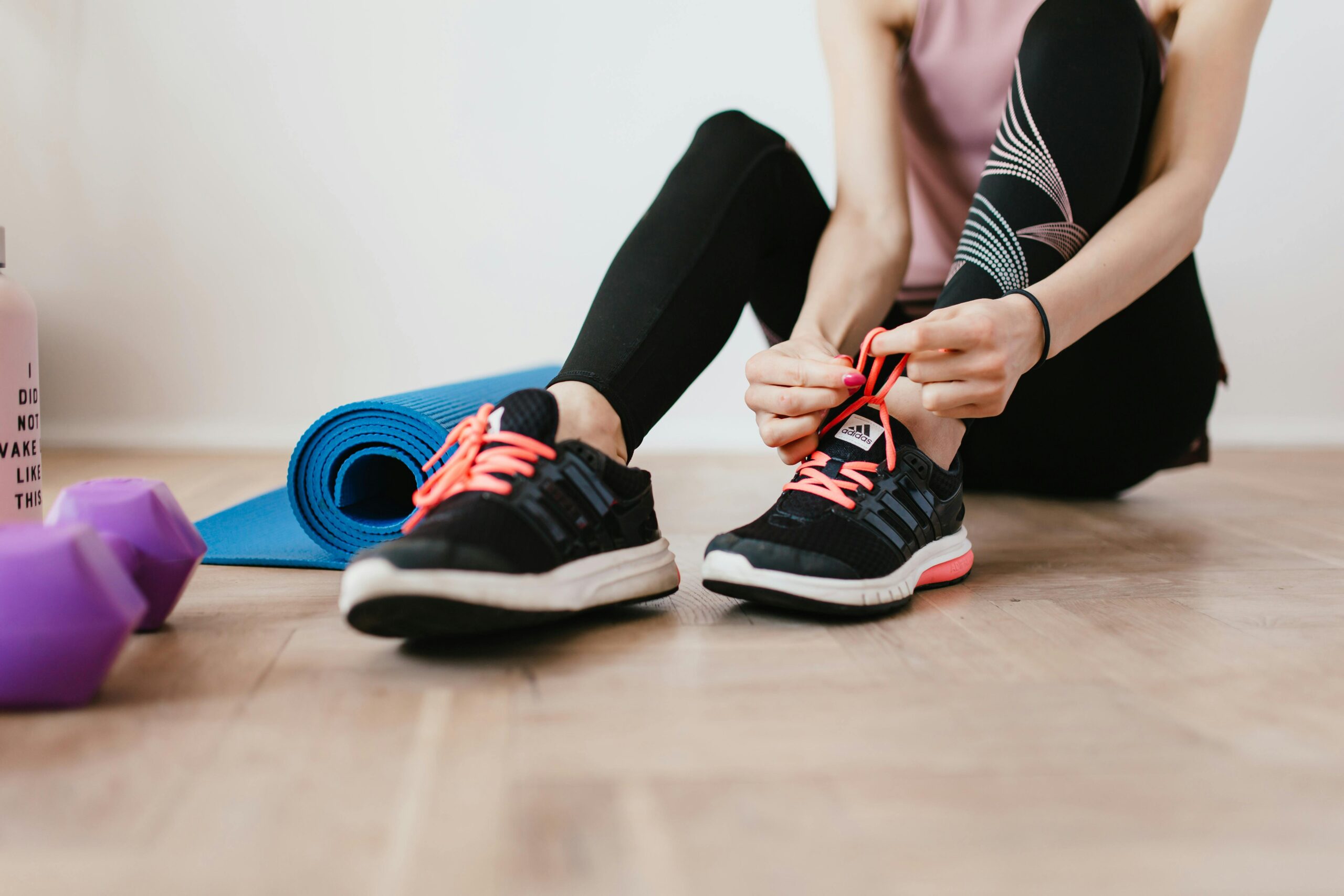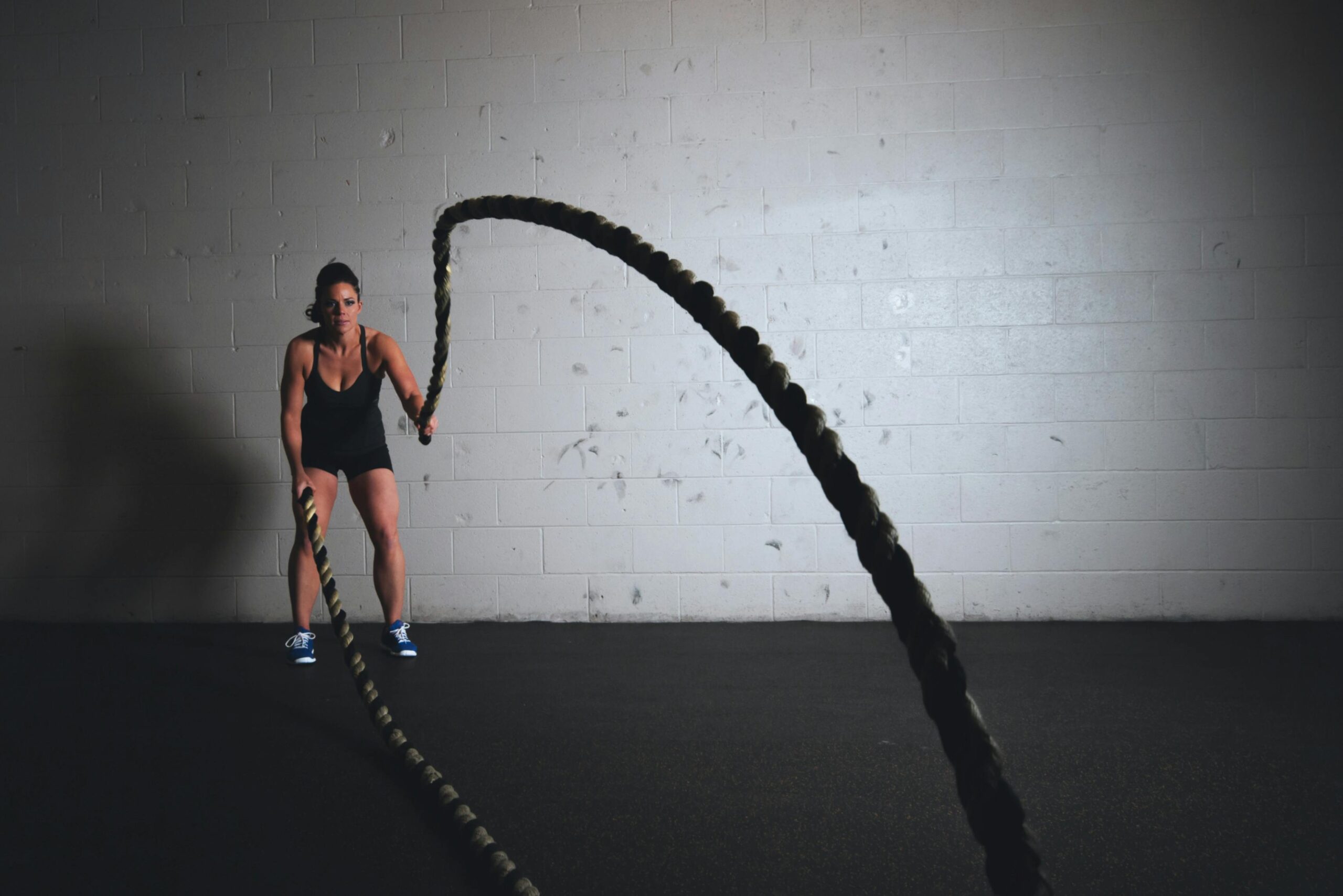Table of Contents
In recent years, home workouts have surged in popularity. Whether due to busy schedules, gym closures, or a preference for the comfort of home, many people are turning to at-home fitness routines to stay healthy and active.
Building an effective workout routine at home can be both convenient and highly rewarding. If you’re looking to create a personalized workout plan that fits your needs and lifestyle, you’ve come to the right place. In this guide, we’ll walk you through the essential steps to building an effective workout routine at home.
1. Assess Your Fitness Goals
The first step in building an effective workout routine is to assess your fitness goals. Understanding what you want to achieve will help you design a workout plan that aligns with your objectives.
Setting Clear Goals: Start by defining what you want to accomplish. Are you aiming to lose weight, build muscle, improve cardiovascular fitness, or simply stay active? Setting specific, measurable, achievable, relevant, and time-bound (SMART) goals can provide clarity and direction.
For example, instead of saying, “I want to get fitter,” set a goal like, “I want to lose 10 pounds in three months by exercising five times a week.”
Types of Goals: Your goals will influence the structure of your workout routine. For weight loss, you might focus on a combination of cardio and strength training. For muscle gain, you’ll emphasize strength exercises with progressive overload. For overall fitness, a balanced mix of cardio, strength, and flexibility workouts will be effective.

2. Evaluate Your Space and Equipment
Next, evaluate your space and equipment. The space and equipment you have available will determine the types of exercises you can include in your routine.
Space Considerations: Even with limited space, you can create an effective workout area. Choose a space that allows for movement and is free of distractions. If you’re short on space, opt for exercises that require minimal room, such as bodyweight exercises or yoga.
Equipment Options: Assess what equipment you have or are willing to invest in. You don’t need a fully equipped home gym to get a great workout. Basic equipment like dumbbells, resistance bands, a yoga mat, and a stability ball can be incredibly effective. If you don’t have equipment, focus on bodyweight exercises like squats, push-ups, and burpees.
Example: If you have a small living area, you might use a yoga mat for floor exercises and resistance bands for strength training. If you have more space, consider adding a pair of dumbbells or a kettlebell for added variety.
3. Plan Your Workout Schedule
Creating a consistent workout schedule is crucial for long-term success. A well-planned schedule helps you stay organized and ensures that you’re balancing different types of workouts throughout the week.
Choosing Days and Times: Determine how many days a week you can realistically dedicate to working out. For most people, aiming for at least three to five days a week is ideal. Choose times that fit your lifestyle—whether that’s early mornings, lunch breaks, or evenings.
Balancing Workouts: Plan a mix of cardio, strength training, and flexibility exercises throughout the week. For example, you might schedule cardio workouts on Monday and Thursday, strength training on Tuesday and Friday, and flexibility exercises on Wednesday and Saturday.
Example: A sample weekly schedule might look like this:
- Monday: 30 minutes of cardio (e.g., running or cycling)
- Tuesday: Strength training (e.g., upper body exercises)
- Wednesday: Yoga or stretching
- Thursday: 30 minutes of cardio
- Friday: Strength training (e.g., lower body exercises)
- Saturday: Flexibility workout or light activity
- Sunday: Rest or active recovery

4. Choose the Right Types of Exercises
Selecting the right types of exercises ensures that your workout routine is balanced and effective.
Cardio Exercises: Cardiovascular exercises improve heart health and burn calories. Include activities like running, cycling, jumping rope, or high-intensity interval training (HIIT). Aim for at least 150 minutes of moderate-intensity or 75 minutes of high-intensity cardio per week.
Strength Training: Strength exercises help build and maintain muscle mass. Include bodyweight exercises like push-ups, squats, and lunges, as well as resistance exercises using dumbbells or bands. Aim to target different muscle groups on different days.
Flexibility Exercises: Flexibility exercises improve range of motion and reduce the risk of injury. Incorporate stretching routines, yoga, or Pilates into your schedule. Aim to include flexibility exercises at least two to three times a week.
Example: A balanced workout might include:
- Cardio: 20 minutes of running or cycling
- Strength: 3 sets of 10-15 reps of squats, lunges, and push-ups
- Flexibility: 10 minutes of stretching or yoga poses
5. Design Your Workout Routine
Structuring Your Workouts involves organizing exercises in a way that maximizes effectiveness and minimizes risk of injury.
Warm-Up: Start with a warm-up to prepare your body for exercise and prevent injuries. A good warm-up includes dynamic stretches or light cardio, such as jogging in place or jumping jacks, for about 5-10 minutes.
Main Workout: Follow the warm-up with your main workout, which includes the primary exercises you’ve planned for the day. Structure your workouts with a combination of sets, reps, and rest periods. For strength training, aim for 3-4 sets of 8-12 reps with 60-90 seconds of rest between sets.
Cool-Down: Finish with a cool-down to help your body recover and reduce muscle soreness. Include static stretches or gentle yoga poses for 5-10 minutes.
Example: For a full-body strength workout, you might structure it as follows:
- Warm-up: 5 minutes of light cardio
- Strength exercises: 3 sets of 12 reps of squats, push-ups, and rows
- Core exercises: 3 sets of 15 reps of bicycle crunches
- Cool-down: 5 minutes of stretching

6. Warm-Up and Cool-Down
Incorporating a warm-up and cool-down is essential for injury prevention and recovery.
Warm-Up: A proper warm-up increases your heart rate, warms up your muscles, and prepares your body for more intense exercise. Include dynamic movements like leg swings, arm circles, and high knees.
Cool-Down: A cool-down helps your body transition back to a resting state. It can include static stretches, which improve flexibility and reduce muscle tension. Focus on the muscle groups you worked during your workout.
Example: A warm-up might include 5 minutes of brisk walking or light jogging, followed by dynamic stretches. A cool-down might include stretching exercises like hamstring stretches, quadriceps stretches, and shoulder stretches.
7. Incorporate Progressive Overload
Progressive overload is the principle of gradually increasing the intensity of your workouts to continue making progress.
Increasing Intensity: To apply progressive overload, you can increase the weight, repetitions, or duration of your exercises. For example, if you’re doing bodyweight squats, you might add a dumbbell or increase the number of reps as you become stronger.
Tracking Progress: Keep a workout log to track your progress and make adjustments as needed. This can help you stay motivated and ensure you’re continually challenging yourself.
Example: If you start with 10 push-ups per set, aim to increase to 12-15 push-ups per set over time. Alternatively, add a weight vest or increase the number of sets as you progress.
8. Track Your Progress
Tracking progress is crucial for staying motivated and assessing the effectiveness of your workout routine.
Tools and Methods: Use fitness apps, workout journals, or spreadsheets to log your workouts, track your progress, and set new goals. Monitoring changes in strength, endurance, and body composition can help you stay focused.
Example: Record the number of reps and sets you complete, track changes in your weight or measurements, and note improvements in your performance (e.g., running speed, weight lifted).

9. Stay Motivated and Accountable
Staying motivated and accountable can be challenging when working out at home, but it’s essential for long-term success.
Motivation Strategies: Set small, achievable milestones and reward yourself when you reach them. Create a workout space that you enjoy and make exercise a non-negotiable part of your routine.
Accountability: Share your goals with friends or family, join online fitness communities, or find a workout buddy to keep you accountable. Regular check-ins and support from others can boost motivation.
Example: Create a reward system where you treat yourself to something enjoyable, like a new workout outfit or a relaxing bath, once you hit a fitness milestone.
10. Adapt and Evolve Your Routine
Adapting and evolving your routine ensures that you continue to make progress and stay engaged.
Modifying Exercises: As you become more advanced, adjust your exercises to include more variety or higher intensity. This can prevent plateaus and keep your workouts interesting.
Updating Goals: Reassess your goals periodically and make adjustments to your routine based on your progress and changing objectives.
Example: If you’ve been doing bodyweight exercises for a while, consider adding weights or trying new exercise variations. Update your routine every 6-8 weeks to keep it fresh and challenging.
Conclusion
Building an effective workout routine at home can be both convenient and highly effective when approached with the right strategy. By assessing your fitness goals, evaluating your space and equipment, planning your schedule, and incorporating a variety of exercises.


